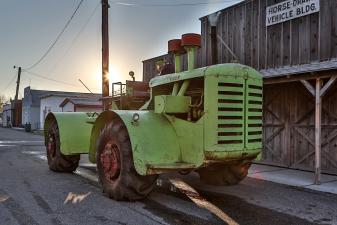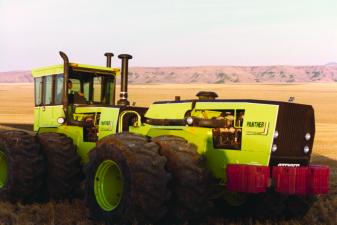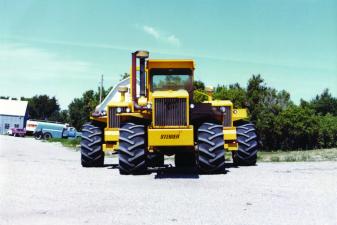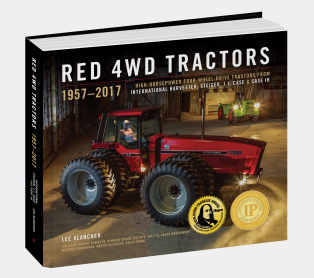The Panther 1000

This article was originally published as a feature in the Ageless Iron section of Successful Farming magazine, where Lee Klancher is a regular contributor.
The Panther 1000, when it hit the market in 1982, was no joke. Along with the new transmission and cab, the tractor had a revised hood, a new power takeoff, and a Steiger-built S50 axle.
The Steiger team had created an innovative machine that was received with enthusiasm. The Panther 1000 helped establish Steiger as a high-technology leader in the industry. The machine also helped Steiger maintain a reasonable sales volume in a horrific farm market. To make matters worse, the contract builds to Ford came to an end in 1982.
Harvester was on the hook to purchase $10 million worth of tractors in 1982. The company was struggling terribly and was not able to do that. Steiger made a deal to allow IH to pass on the purchase but allow Steiger to sell tractors out of IH dealerships. That expanded the Steiger network. With smart deals like that one and frugal budgeting, Steiger was able to make a profit in 1982.
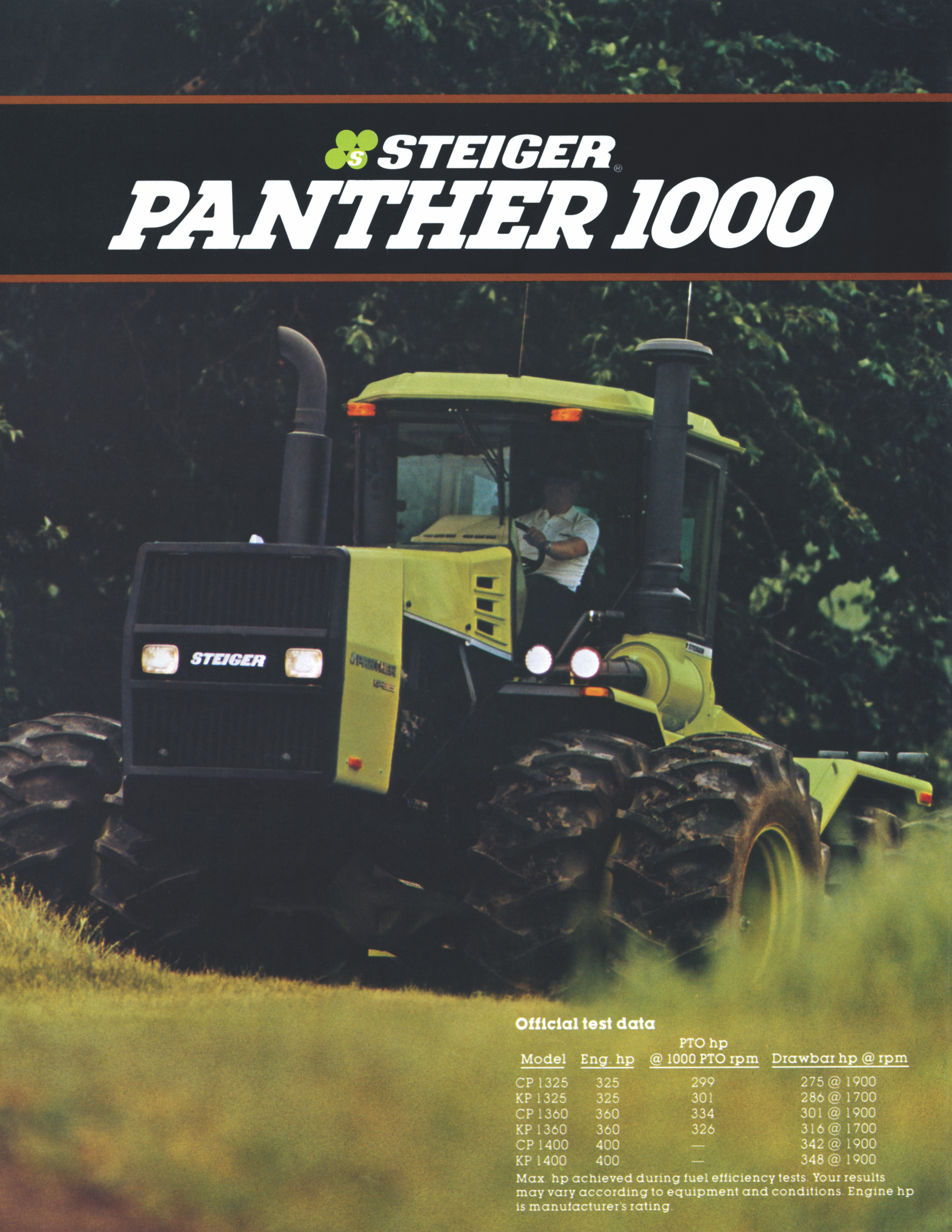
One of the most advanced machines on the four-wheel drive tractor market in 1982 was the Steiger Panther 1000. Photo courtesy of Case IH
Australian sales were very strong in 1982, and 23 percent of the income that year came from sales down under.
In 1983, however, Australia suffered a drought and sales dropped. Steiger introduced the Series IV tractors at a time when the entire tractor industry was swamped with unsold stock. Sales at Steiger were down, and the firm ended the year absorbing a $3.5 million loss.
In 1984, a record wheat crop in Australia and market share gain in the US market drove Steiger sales to $121 million, with $1.9 million in profit. Steiger closed the Fargo plant for sixteen days. It also entered an agreement to market Zanello tractors abroad. A public offering of 943,745 shares raised some cash, which the company intended to use to search for another core business to buy—something not as cyclical as farming.
The Panther 1000 high-tech features drove industrywide interest. In 1984, Batcheller proposed to Deutz AG CEO Manfred Hopf that they should spin off a technology company that would build and sell electronics to the farm industry. Hopf was enthusiastic.
“You must do this,” Batcheller recalled Hopf saying. “This must be done.”
They worked together to create Integrated Technical Systems (ITS), which operated out of an old honey storage warehouse near Valley City, North Dakota, and immediately landed business working on transmission technology with Funk and designing components for IMCO Mining and Manufacturing.
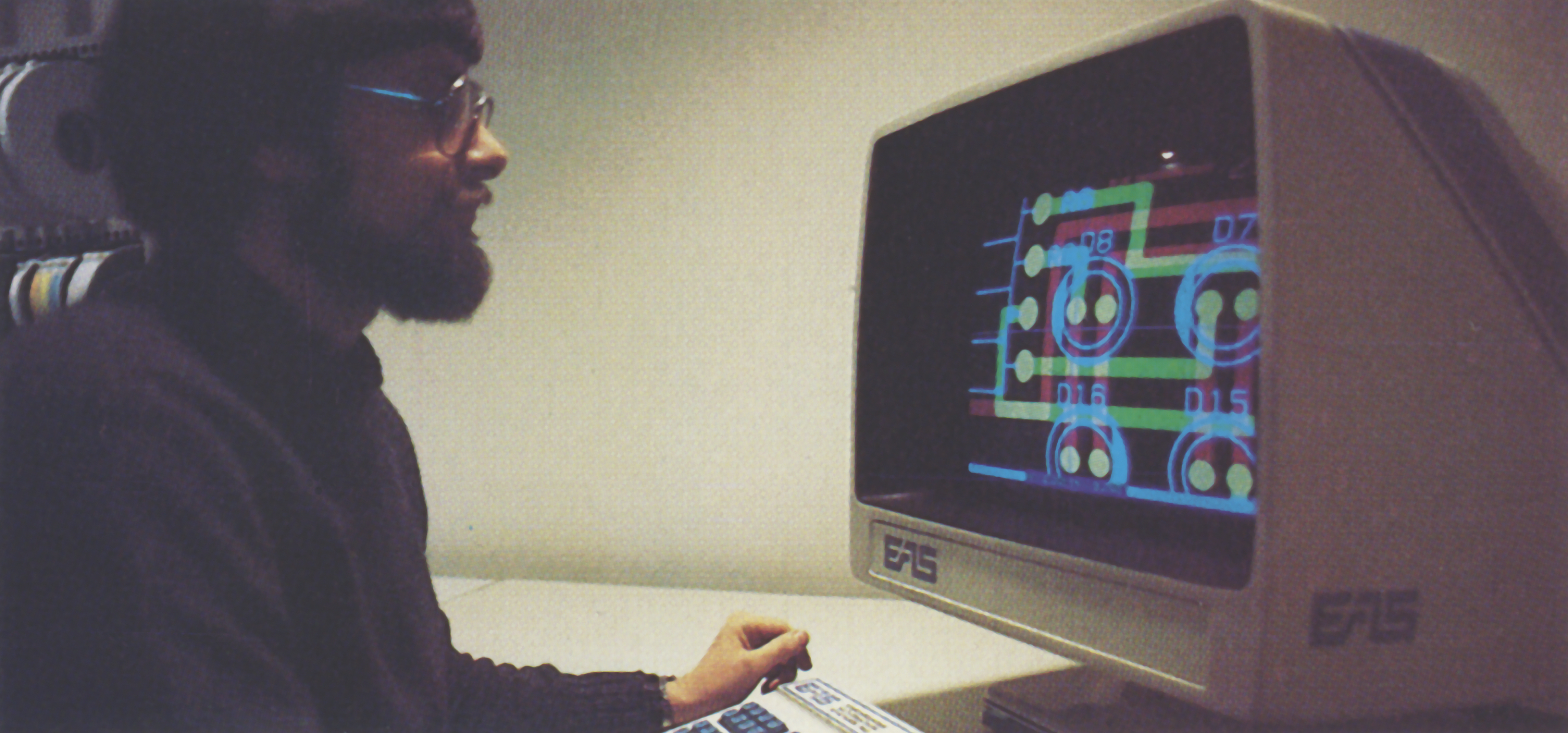
The Panther 1000 featured an all-new computer controlled powershift transmission. The computer inside the machine was designed by Barry Batcheller, an electronics wizard who worked for Steiger before founding his own company. In the photograph, David Tommerson is working on Steiger's first electronic CAD system, designing a circuit board. Photo courtesy of Case IH
To read more about Steiger history, check out the “related books” linked below.


